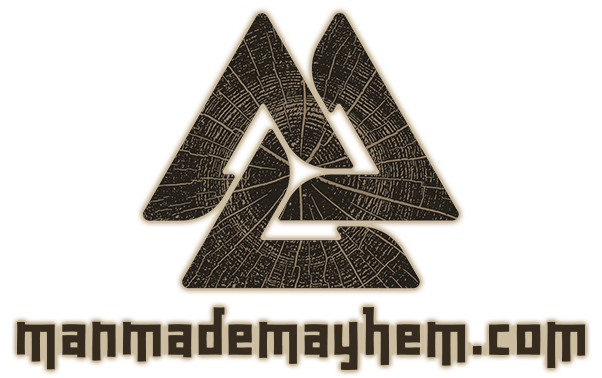First time trying to bend wood. I obviously knew it was possible, but not to what degree. The case needs a relatively small corner radius, so that remained to be seen.
I did a test on the mill and one on the lasercutter. Here’s the results (top and bottom view):
And here’s the verdict (note that I cut both with grain and crossgrain):
Shapeoko: I would have preferred to use the mill because I need to cut some non-protruding pockets anyway. And doing everything on 1 machine just seems like the easiest choice. Sadly the test was not convincing. The mills I have that are fine enough have shorter flutes than the plywood is thick, so I need to bury the tool slightly into the wood. Also, because the wood becomes too flexible, the cutter sometimes pushed the wood strips to the side, as seen in the pictures above. This could solve itself if makerCAM would just cut top to bottom, but the generated toolpath is so unbelievably erratic it makes mistakes like this when cutting between 2 already cut lines. Lastly, it takes WAY longer to cut this by milling compared to laser cutting, so I stopped the machine prematurely.
Lasercutter: Looks much better, all lines perfectly spaced apart. Also much faster. The tricky part will be to get perfect alignment between the operations I will need to do on the SO2 and the lines on the K40. Also, once again cutting all the way through the glue is an issue.
So this is what I will do:
The green lines will be cut on the lasercutter. The K40 work area would typically be too small though, if it weren’t for the hole I made earlier to feed larger stock through. 🙂
The red is for SO2 operations. I will cut all profiles with a small diameter bit. The lightest red (pink) under the lasercut lines are shallow pockets to decrease the wood thickness a bit. The idea is to mill away the last bit of material that the lasercutter didn’t reach. Where there are supports underneath, full thickness will remain.
The darker pink parts are slightly deeper pockets, meant to keep the tablet and USB hub in place, while also making the wooden lip thin enough for comfortable use, as shown in this schematic crossection:
Now for the bending itself: even with the cuts not going all the way through, it folds around the support structure quite nicely. So no need for modifications in the line pattern:
Last but not least, I cut the aluminium piece I will use as an emergency stop reinforcement plate.
Not bad even if I say so myself!










One thought on “Electronics enclosure / control interface (7) – bend test”